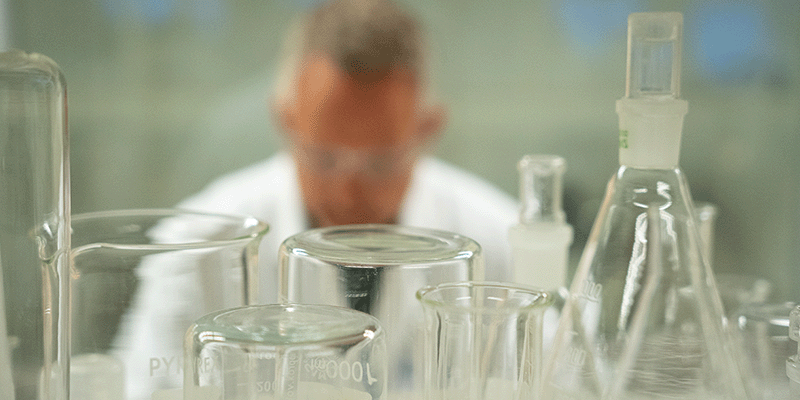Analyzing the regulatory changes and challenges of TMPTA
In 2018, a significant development occurred in the chemical industry when the International Agency for Research on Cancer (IARC) labeled TMPTA as a Group 2B substance, suggesting it might be carcinogenic to humans. This decision, detailed in the 2019 IARC Monograph Series, was based on research involving mice and rats. However, the methodology, particularly the use of acetone in these studies, sparked debate among experts. Despite the ongoing discussions, regulatory bodies have yet to revise their stance on TMPTA.
Changes in U.S. and European regulations
In the United States, this IARC update, along with input from the European Chemicals Agency (ECHA), led to a notable change in California's legislation. Known as Prop 65, this law now lists TMPTA as a carcinogen, effective from late 2022. Unlike other regulations, Prop 65 focuses on daily exposure rather than the concentration of the material, requiring products containing TMPTA to carry a warning label. This has placed the responsibility on companies to evaluate the risk levels themselves, a task that organizations like Radtech North America are striving to simplify for their members. The enforcement of Prop 65 is unique, often driven by lawsuits from private entities.
Over in Europe, the ECHA, influenced by IARC's findings, updated its chemical regulations. Starting in late 2023, TMPTA will be classified as a Class 2 carcinogen, along with being labeled as hazardous to aquatic life. This change mandates new labeling for any formulation with more than 0.1% TMPTA, a significant shift for the industry.
Industry response and impact on applications
So, what does this all mean for those in the energy curing sector? Well, it's quite a challenge. A carcinogenic label tends to lead to a gradual discontinuation of the substance in various applications. For instance, major players in energy-cured wood coatings, have already excluded TMPTA due to its new classification. The impact is even more pronounced in food packaging, where TMPTA usage had already been declining due to existing recommendations. With the new classification, its use in food-related applications is expected to cease entirely.
The situation in the USA, particularly with the introduction of Prop 65, presents even more complexities. The lack of clarity on acceptable exposure limits means companies are erring on the side of caution, seeking TMPTA-free alternatives rather than trying to stay below the 0.1% threshold common in Europe.
While these regulatory changes are currently confined to Europe and the US, their ripple effects are global. Companies in Asia and China, for instance, are adjusting their practices to align with these new standards, especially if they plan to export to these regions.
Search for safe alternatives to TMPTA
The industry is now actively seeking safer alternatives to TMPTA. However, finding a direct substitute that matches TMPTA in both performance and cost is challenging. Ideal alternatives should be highly reactive, easy to handle, and offer balanced crosslinking, among other specific properties. They should also be free from CMR classification and comply with the TMPTA content limits set for Europe.
Options like TPGDA, DPGDA, and G3POTA are on the table, but they don't quite match TMPTA's performance, especially in terms of reactivity and crosslinking. Acrylates based on Penta (Pentaerythritol) are closer in performance but come with their own limitations due to the classification of some components. Despite these challenges, Penta-acrylate stands as a potential alternative for many applications.
Currently, the most promising route seems to be acrylates based on alkoxylates. These compounds, derived from TMP and Penta, offer a hopeful path in adapting to the evolving TMPTA landscape. While not a perfect solution, they represent the industry's commitment to adapting and finding safer, effective alternatives in a world where regulations and safety standards are constantly evolving.
